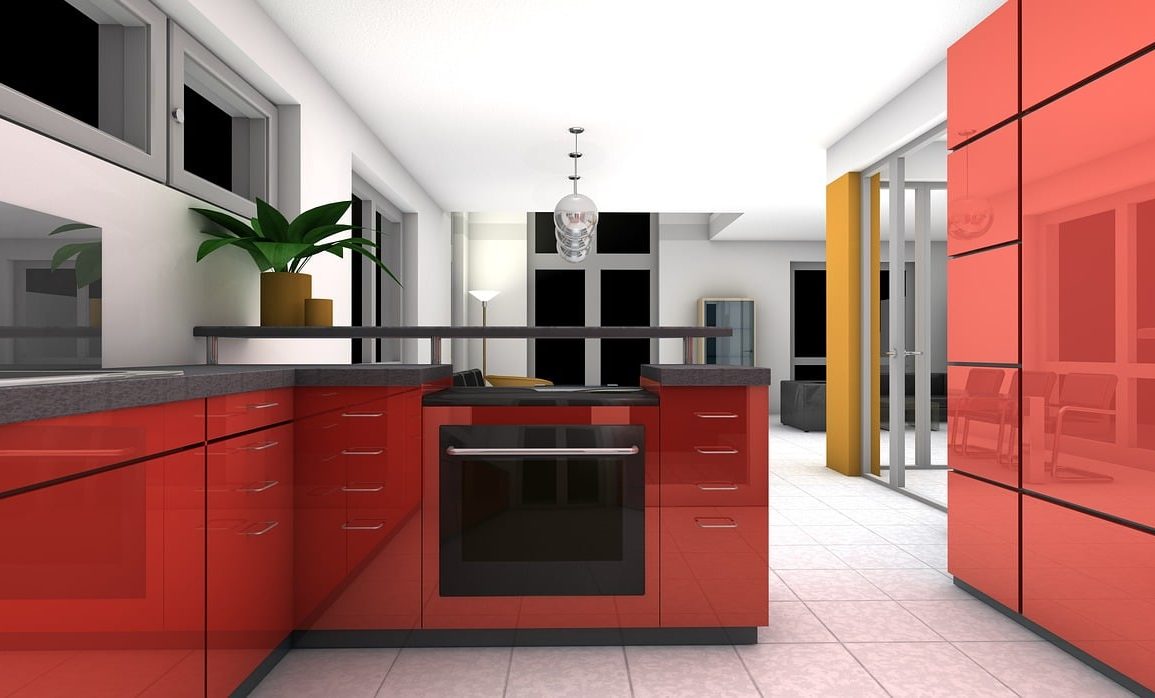Creating a Sustainable Kitchen: From Energy-Efficient Appliances to Organic Décor.
Transforming your kitchen into a sustainable heart of the home combines the practicality of energy efficiency with the aesthetic appeal of organic decor.
It’s about making choices that reduce your carbon footprint while creating a space that’s both beautiful and functional. Embracing this approach not only reflects a commitment to the environment but also enhances the overall quality of life within your home.
By carefully selecting materials, appliances, and practices that support sustainability, you’re crafting a kitchen that nourishes both the body and the planet, setting a standard for eco-conscious living.
Top of Form
Energy-Efficient Appliances: The Core of a Green Kitchen
Starting with energy-efficient appliances is a cornerstone of eco-friendly living. Look for products with high energy ratings, such as A+++ refrigerators or dishwashers, which use less water and energy.
These appliances are designed to minimise electricity usage without compromising performance, making them kinder to the planet and your wallet over time. Investing in these appliances also supports innovation in green technology, encouraging manufacturers to continue improving energy efficiency.
What’s more, many energy-efficient appliances come with advanced features that enhance usability and performance, further elevating your kitchen experience.
Sustainable Cooking Practices
Consider how you use energy in the kitchen. Induction cooktops, for example, are more energy-efficient than traditional gas or electric stoves, as they heat up faster and direct a greater percentage of energy straight to cooking your food.
Pairing these with energy-efficient cooking practices, like using lids to reduce cooking times, can further enhance your kitchen’s sustainability. Implementing other practices, such as batch cooking to maximise oven use or choosing the right-sized pan for the burner, can also lead to significant energy savings.
Moreover, embracing slow cooking methods or raw food recipes occasionally can reduce energy consumption and introduce variety into your diet.
The Role of Electrical Safety in a Sustainable Kitchen
While it might not be the first thing that comes to mind, ensuring your kitchen’s electrical installations are safe and up to date is crucial for sustainability – not to mention your own well-being! An Electrical Installation Condition Report (EICR) can identify any inefficiencies or potential hazards, ensuring your kitchen is as energy-efficient and safe as possible.
Staying proactive about electrical safety can prevent costly repairs and reduce the risk of fire, further promoting a sustainable and secure living environment. What’s more, regularly updating your electrical systems based on the EICR’s recommendations can lead to significant energy savings, aligning with sustainable living goals.
This process underscores the importance of integrating safety with eco-friendly practices, ensuring that your efforts to create a green kitchen also prioritize the health and safety of its occupants.
Organic Decor: Bringing Nature Indoors
Incorporating organic decor is about choosing natural materials that have a minimal impact on the environment.
Bamboo, recycled glass, and sustainably sourced wood are excellent choices for everything from countertops to decorative items. These materials not only look stunning but also promote a healthier, more eco-friendly living space.
Adding natural fabrics like organic cotton or linen for curtains and upholstery can further enhance the connection to nature, making your kitchen a tranquil, inviting space. Including living elements such as herb gardens or indoor plants can purify the air and provide fresh ingredients right at your fingertips.
Reducing Waste in the Kitchen
A sustainable kitchen also focuses on reducing waste. Composting food scraps, using reusable containers instead of single-use plastics, and buying in bulk to reduce packaging are all effective strategies. This mindset extends to decor, too—opt for durable, timeless pieces that won’t need to be replaced often.
Implementing a zero-waste approach by repurposing leftovers and creatively using all parts of food can significantly cut down on waste.
Water Efficiency: The Unsung Hero of a Sustainable Kitchen
Water efficiency plays a crucial role in reducing environmental impact. Choosing appliances like dishwashers and faucets that are designed to use water more efficiently can lead to significant savings in water usage and utility bills.
You can also implement water-saving practices, such as fixing leaks promptly and using a bowl for washing fruits and vegetables, which can further enhance your kitchen’s sustainability. This will not only conserve a vital resource but will also complement your efforts in energy efficiency and waste reduction, making your kitchen a true model of eco-friendly living.
Lighting: The Final Touch
Efficient lighting is the finishing touch in a sustainable kitchen. LED bulbs are far more energy-efficient than traditional incandescent ones, lasting longer and using a fraction of the energy.
Smart lighting systems that adjust based on the time of day or occupancy can also contribute to energy savings. Furthermore, incorporating motion sensors can ensure lights are only on when needed, reducing unnecessary energy use.
Choosing fixtures made from sustainable or recycled materials can further align your lighting choices with eco-friendly principles, enhancing both the aesthetic and environmental impact of your kitchen.
In A Nutshell
Creating a sustainable kitchen is a rewarding journey that benefits the environment, your health, and your finances.
By choosing energy-efficient appliances, adopting sustainable cooking practices, incorporating organic decor, and focusing on reducing waste, you can transform your kitchen into an eco-friendly haven.
It’s a practical demonstration of how small changes can make a big difference, leading to a more sustainable and enjoyable way of living.


